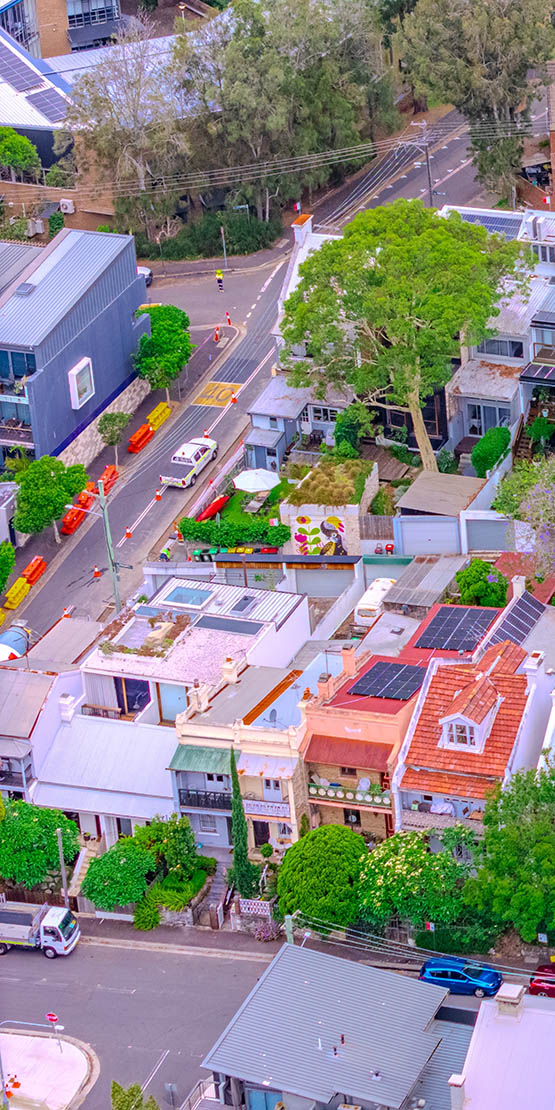This month, housing affordability dominated national headlines and political agendas, as the 2025 federal election loomed and cost-of-living pressures intensified. While both major parties released ambitious new policies aimed at easing entry into home ownership, experts repeatedly warned that demand-side incentives without matched supply-side reforms risk inflaming the crisis further. Across the Sydney market, we saw new data and commentary exposing structural flaws in housing taxation, intergenerational inequality, and policy blind spots — particularly around social housing and homelessness. As median house prices remain out of reach for many, and rental stress worsens, the call for systemic reform grew louder from researchers, economists, and on-the-ground advocates alike.
Election Promises Spotlight Housing Crisis
https://www.domain.com.au/news/federal-election-pass-or-fail-what-is-each-political-party-promising-to-do-for-housing-affordability-1364438/
As the 2025 federal election looms, housing affordability has become a defining issue, with major parties unveiling competing visions. Labor pledges 1.2 million new homes over five years, 100,000 reserved for first-home buyers, alongside reforms to existing schemes like Help to Buy and the First Home Guarantee. Critics argue execution has fallen short, especially with no homes yet delivered under the Housing Australia Future Fund. The Coalition’s headline offer allows first-home buyers to claim mortgage interest as a tax deduction, access super for deposits, and reduce immigration, though experts warn these may inflate prices and do little to address supply constraints. The Greens advocate for a structural overhaul: rent freezes, CGT and negative gearing changes, and a public developer building 360,000 homes. While some praise their bold stance, others call the plans unrealistic or vague. Overall, expert opinion stresses delivery over promises, faster land release, and reduced red tape to truly shift the needle on affordability.



